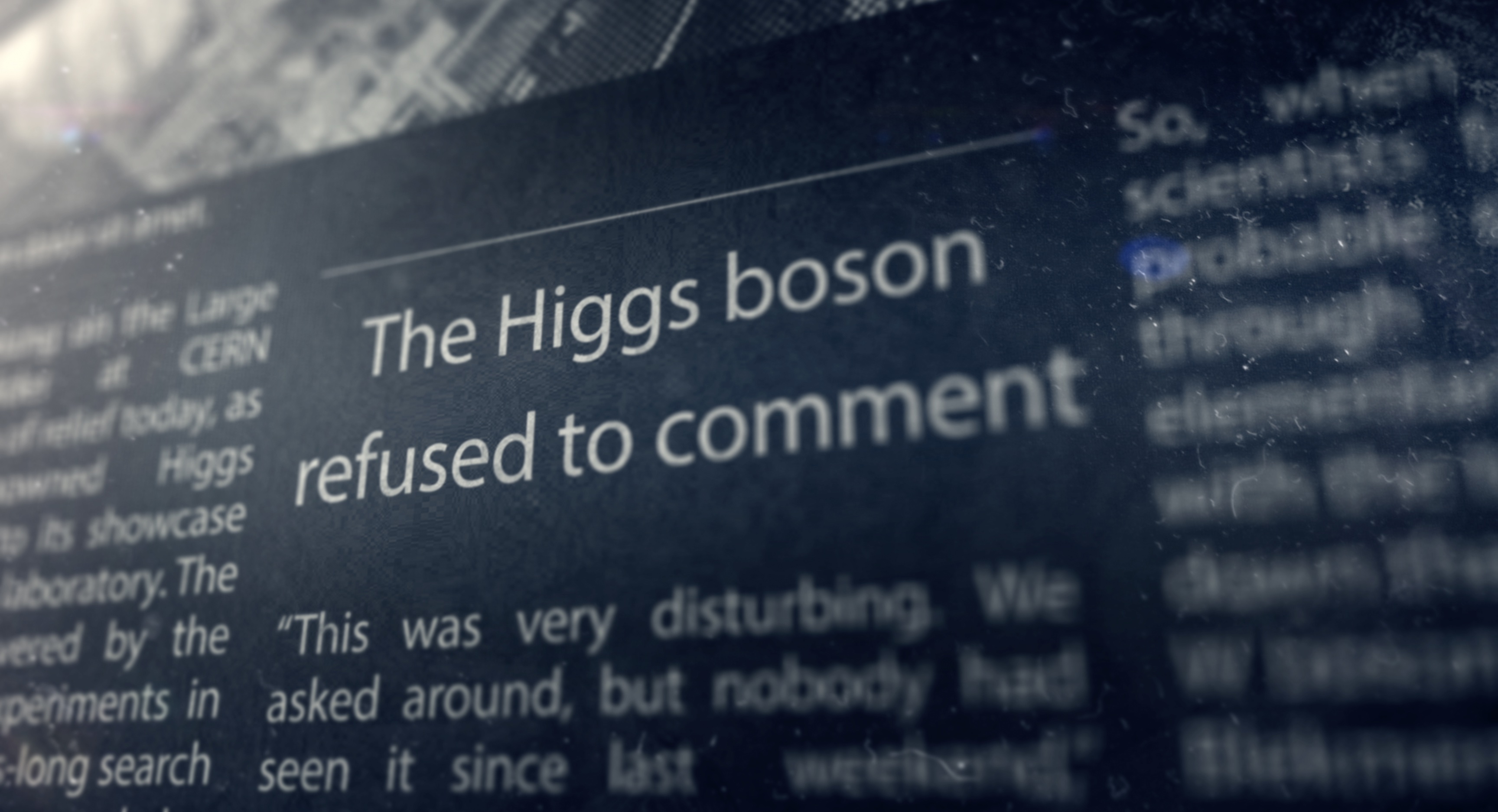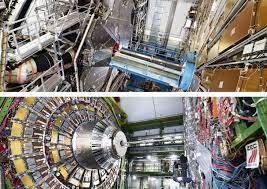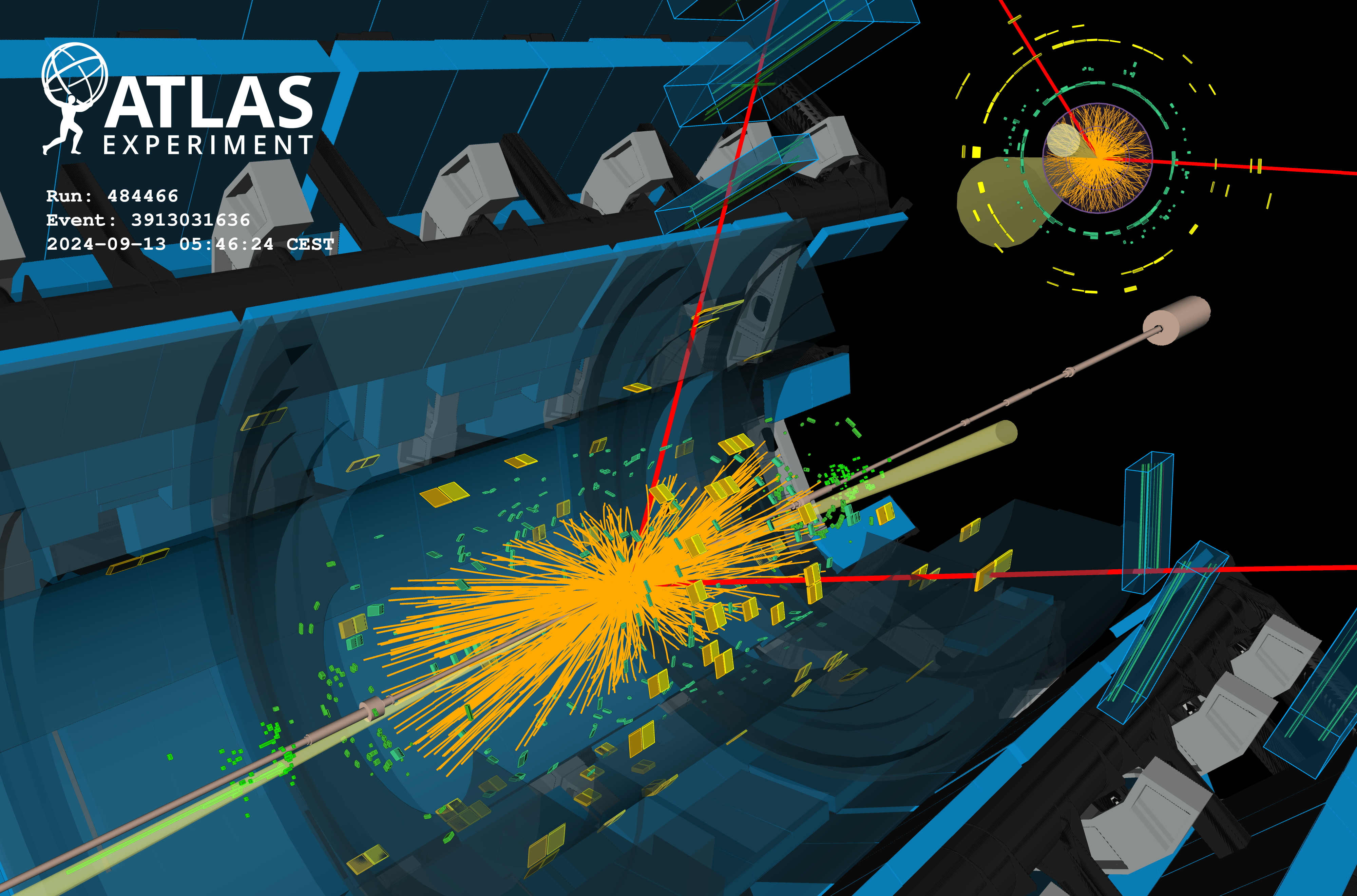ATLAS & CMS Physicists Recover Lost Higgs Boson
1 April 2023 | By
ATLAS & CMS Joint Release — Scientists working on the Large Hadron Collider at CERN breathed a sigh of relief today, as the world-renowned Higgs boson returned to its showcase in the heart of the laboratory. The boson was discovered by the ATLAS and CMS experiments in 2012 after a decades-long search starting with its proposal by François Englert, Robert Brout and Peter Higgs in 1964. Since its discovery, the original particle and thousands like it have been studied intensively by scientists from both experiments. Yet, last Monday morning, when researchers returned to their offices, the pioneer had disappeared, only to mysteriously reappear today.
“This was very disturbing. We asked around, but nobody had seen it since last weekend,” exclaimed CMS researcher Freya Blekman. “Many of us have spent our careers searching for and measuring the Higgs boson. We’re so relieved to have it back!” Its week-long journey, though, remains a mystery. “We knew it couldn’t have been with our colleagues, simply because they never directly interact with the Higgs at all. It simply had to have been out with some of the other elementary particles.”
So, when the search began, scientists focused on the most probable culprits. “We searched through our collections of elementary particles, starting with the top quarks, then moving down the mass scale to the Z and W bosons and the b quarks,” says Blekman.
"I believe Dark Matter slipped right into the display case and snuck off for the week with the Higgs boson. In fact, some of us suspect this has been happening all the time."
Over the past ten years, researchers have discovered that the Higgs boson interacts more with heavier particles than lighter ones. “That’s what was predicted,” claims ATLAS physicist Steven Goldfarb. “The boson is an excitation of the scalar field that gives elementary particles their mass. When the Higgs escaped, we hoped it was just trying to reconnect with its heavy friends, but we didn’t find it with any of them.”
Goldfarb now thinks dark matter could have been the culprit. “Dark matter makes up 80-90% of the matter in the universe. We know it has mass, because of its gravitational attraction, but we’ve found no other means to detect it. I believe it slipped right into the display case and snuck off for the week with the Higgs boson. In fact, some of us suspect this has been happening all the time. But, how would we know?”
Theorists, excited by the idea, began drawing up Feynman diagrams, not only describing the interaction in detail, but proposing evidence that could support the theory. Investigators are hopeful that the large increase in collisions expected for the continuation of LHC Run 3, which starts this spring, could yield clues.
“We expect to see many more interactions of the Higgs boson in the current run,” claims Blekman. “That could include decays to muons and charm quarks, and perhaps dark matter. We’re excited by the possibilities, but keeping a close eye on our friend.”
As for the Higgs boson itself, it refused to comment.
Edit 2 April 2023: Happy April Fools!





